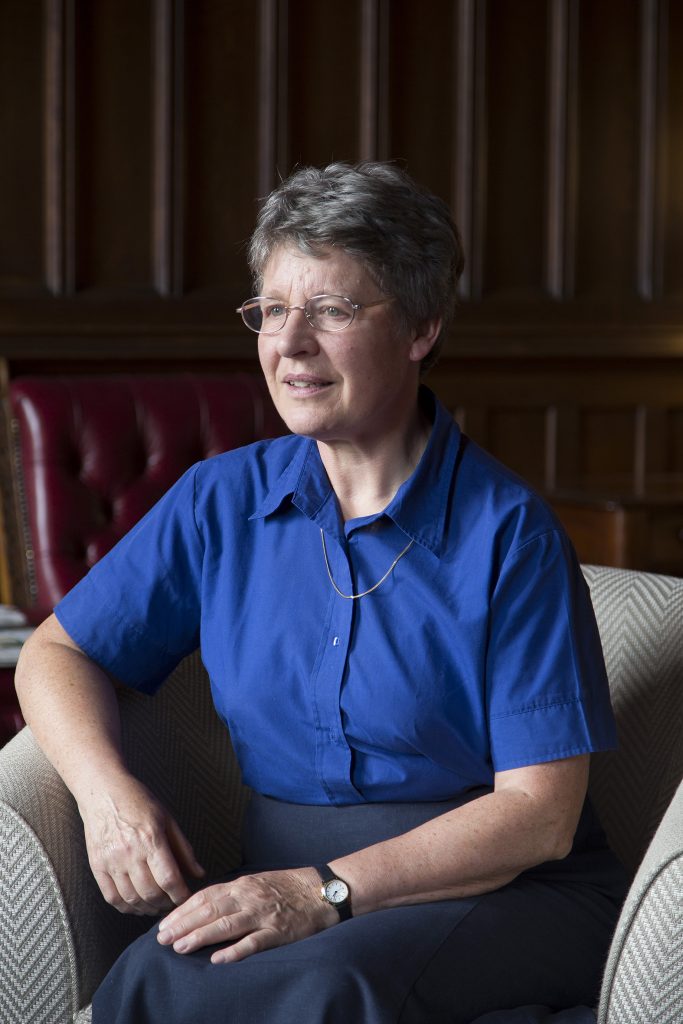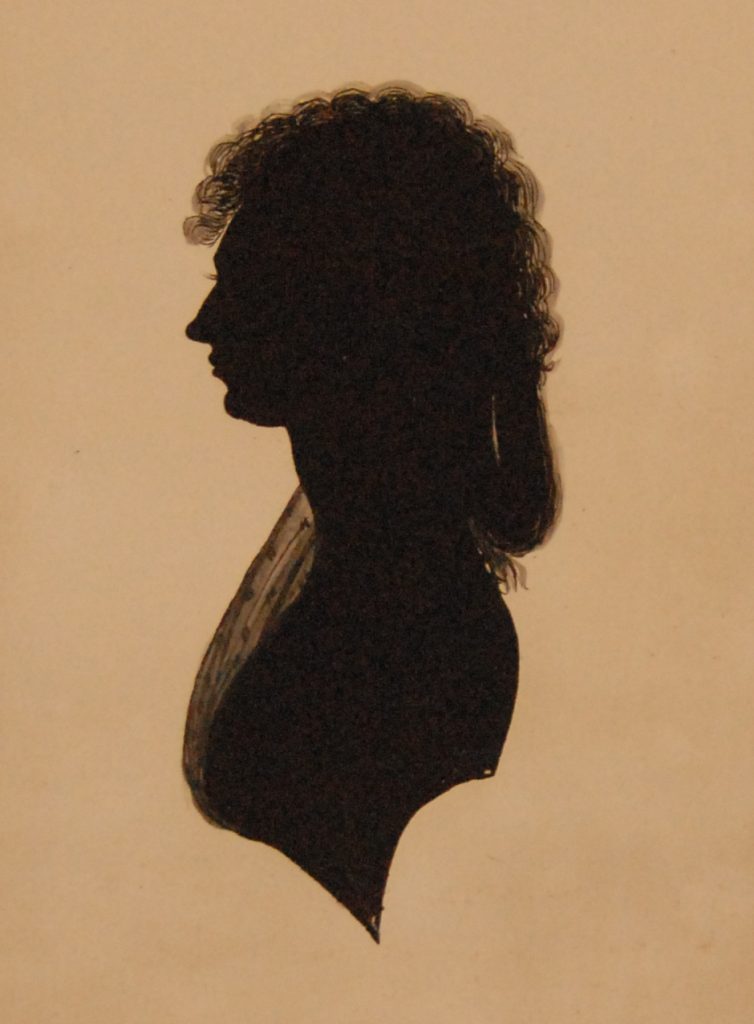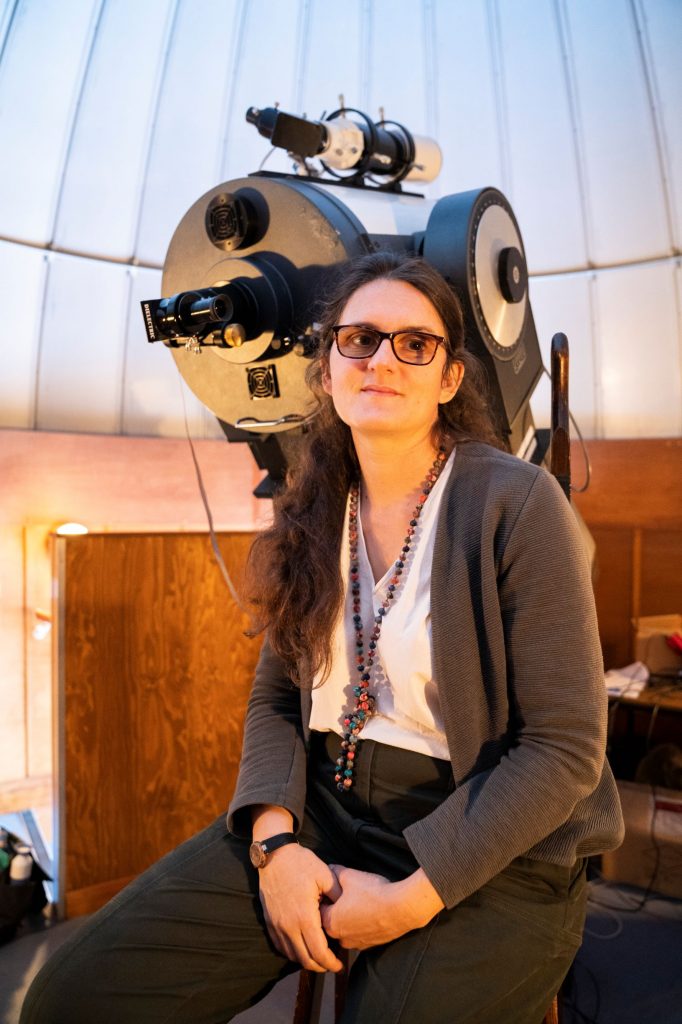‘Women and Science’ Series – Women and Space: Inspiring the next generation of scientists
Helen Pooley, the Museum’s Learning Officer, introduces the display in her blog, and talks about why inspiring girls and women to pursue their passions and curiosity in the sciences is important.
The History of Science Museum has many wonderful objects. We also have some great paintings of illustrious scientists on our walls. Unfortunately, there aren’t any women amongst them.
Last year, to celebrate 100 years of women getting the right to vote, we put up a series of portraits in the Basement Gallery of women, past and present, who’d made a contribution to science. We also had a display featuring the work of Ada Lovelace and some of the early female pioneers of photography alongside a programme of events for families, schools and adults.

This year the portraits are still on display in the Basement Gallery, but we have updated our displays with a particular focus on Astronomy and Space Science. We have highlighted two books associated with female astronomers, both of whom practised astronomy at times when a formal scientific education was denied to women.
The first is Caroline Herschel who was the first salaried female scientist recorded working in England and author of the 1798 Catalogue of Stars which contained her own corrections to the work of John Flamsteed, the first Astronomer Royal.
The second is Sophia Brahe, the sister of Tycho Brahe who wrote the 1572 book De nova stella. It is believed that Sophia assisted in the observations recorded in this book, which included the discovery of a new star at a time when it was thought that the heavens were unchanging.

This is the only surviving portrait of Caroline Herschel as young woman, and must have been painted before she left Germany to come to England in 1772.
We are also keen to highlight the work of contemporary female scientists in Oxford and are in the process of putting together a small display relating to the work of Suzanne Aigrain, Professor of Astrophysics at the University of Oxford, which we have discovered has its own interesting links to our collection.

Suzanne searches for and studies extra-solar planets – planets which orbit stars other than the Sun. One of the methods she uses is the transit method, when a planet passes in front of its host star (as seen by an observer on Earth). This method has been used to observe planets in our own solar system for centuries. We have featured in the display a manuscript produced in 1761 showing which parts of the Transit of Venus (the silhouette of Venus as it passes across the sun) would be visible from different places on Earth.
We are also really excited to host a series of blogs written by female graduate students of Astrophysics at the University of Oxford, which we hope will help inspire scientists of the future. These are going to be published on our website in the run-up to our fantastic Women and Science comedy night, presented by Jericho Comedy in the Museum on Wednesday 4th December.
Alongside this, we are planning to re-run our KS4 Study Day on Women in Astronomy on 11th March 2020. Last year’s Women in Science study day was overbooked so we’d advise schools to book soon to secure places.
For more information about our Study Days: https://hsm.ox.ac.uk/study-days
Finally, look out for more Women and Science talks and events next year, including our family day, Lovelace’s Labyrinth, on 14th March 2020.